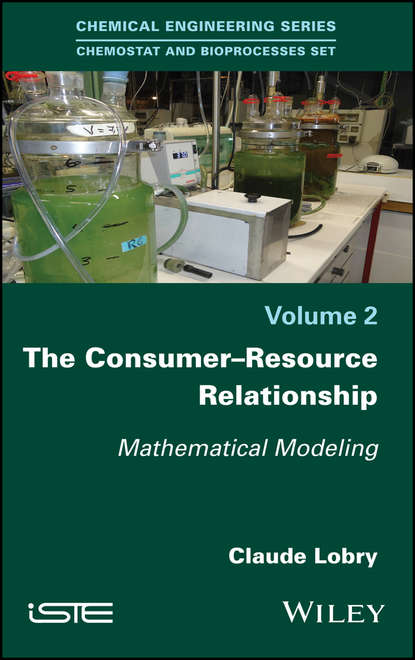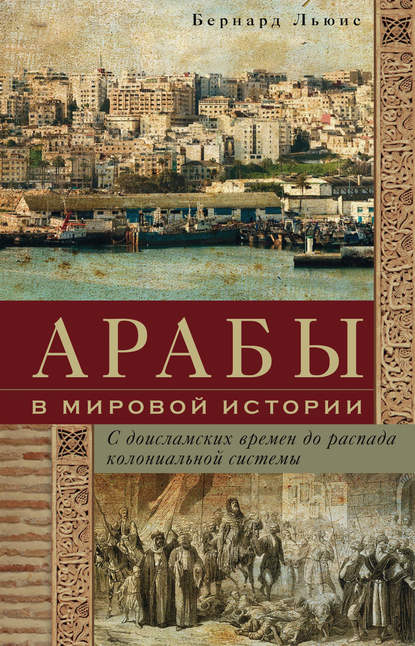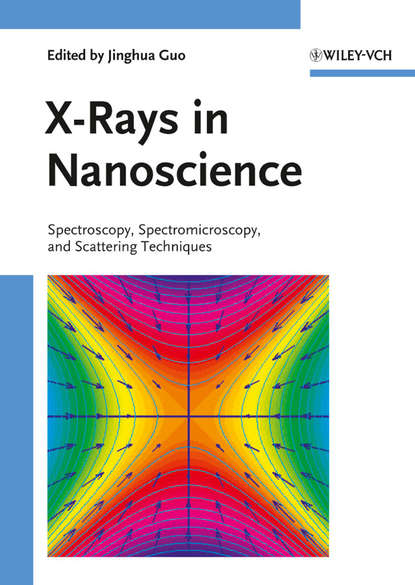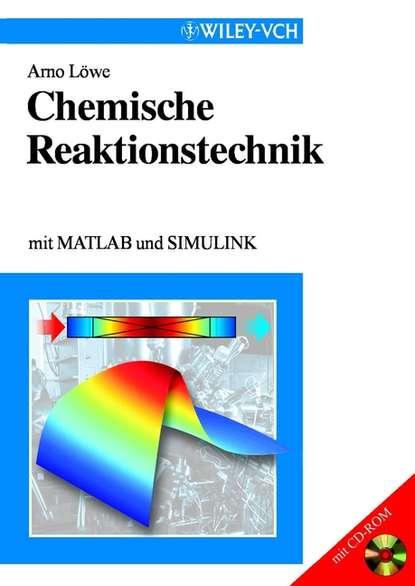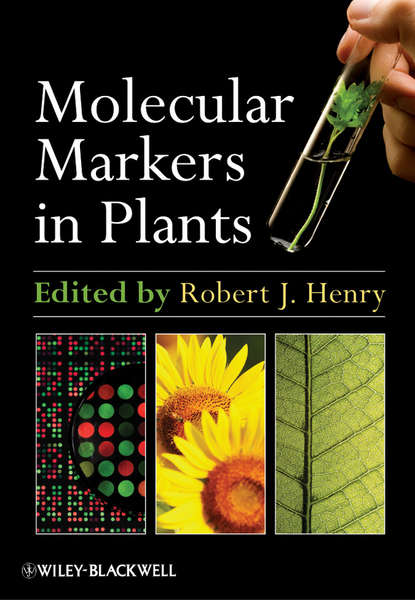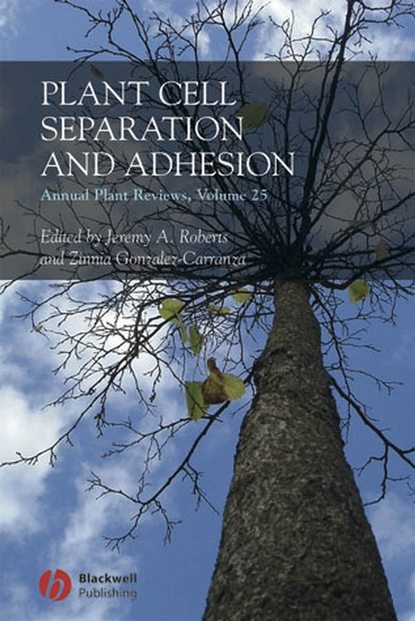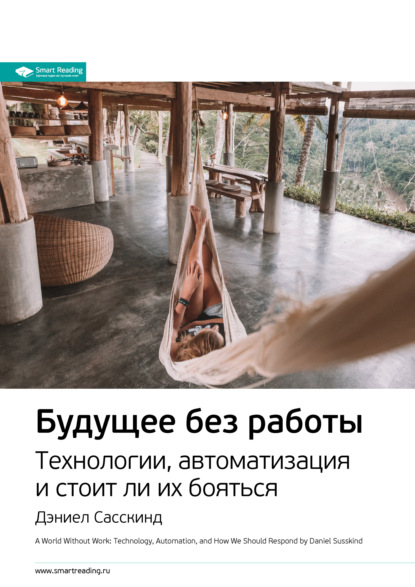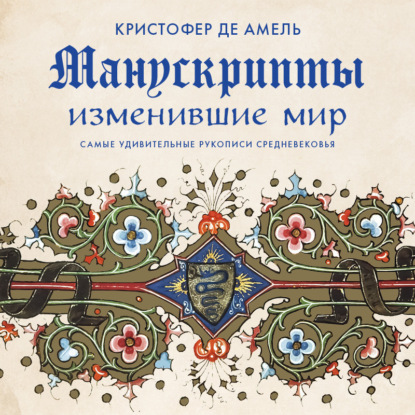Книга "The Consumer-Resource Relationship. Mathematical Modeling" рассматривает взаимоотношения между потребителями и ресурсами в живой природе. В основном известна как "отношение хищник-жертва", где один вид организмов потребляет другой для выживания и размножения. Например, кишечная палочка потребляет глюкозу, коровы - траву, гепарды - бабуинов. Все три ситуации, несмотря на то, что они относятся к различным видам организмов и ресурсам, имеют общее свойство - потребление. Книга рассматривает случай потребления как биотических, так и абиотических ресурсов, используя математическое моделирование. Авторы показывают, как в этом новом рамочном работы решается проблема конкуренции за один и тот же ресурс. Ранее книга "The Chemostat" рассматривала только случай абиотических ресурсов. Однако в данной книге авторы расширяют теорию, заменяя уменьшающуюся функцию на общую возрастающую, а затем убывающую функцию.
Электронная Книга «The Consumer-Resource Relationship. Mathematical Modeling» написана автором Claude Lobry в году.
Минимальный возраст читателя: 0
Язык: Английский
ISBN: 9781119544012
Описание книги от Claude Lobry
Better known as the «predator-prey relationship,» the consumer-resource relationship means the situation where a single species of organisms consumes for survival and reproduction. For example, Escherichia coli consumes glucose, cows consume grass, cheetahs consume baboons; these three very different situations, the first concerns the world of bacteria and the resource is a chemical species, the second concerns mammals and the resource is a plant, and in the final case the consumer and the resource are mammals, have in common the fact of consuming. In a chemostat, microorganisms generally consume (abiotic) minerals, but not always, bacteriophages consume bacteria that constitute a biotic resource. ‘The Chemostat’ book dealt only with the case of abiotic resources. Mathematically this amounts to replacing in the two equation system of the chemostat the decreasing function by a general increasing then decreasing function. This simple change has greatly enriched the theory. This book shows in this new framework the problem of competition for the same resource.
